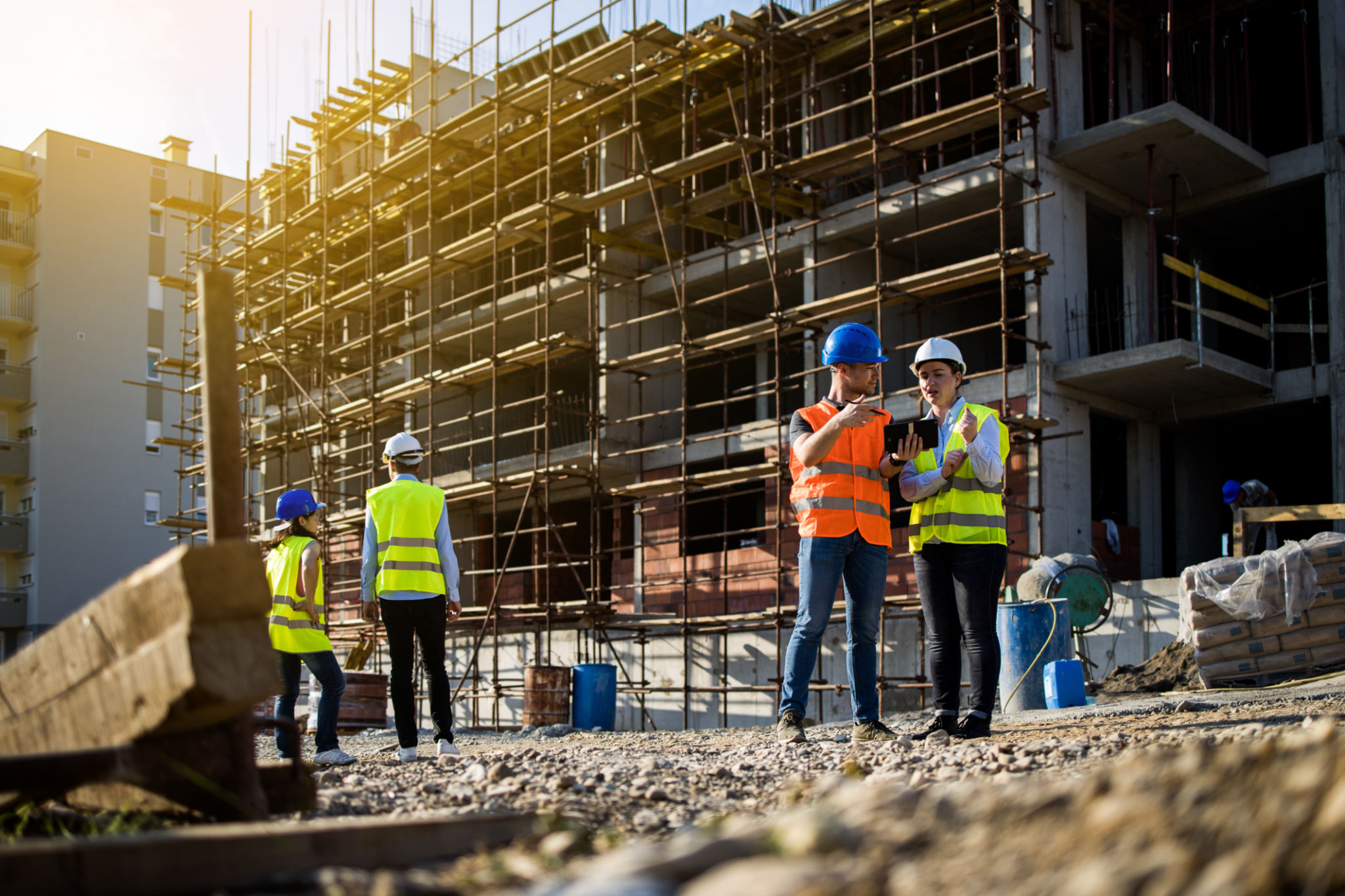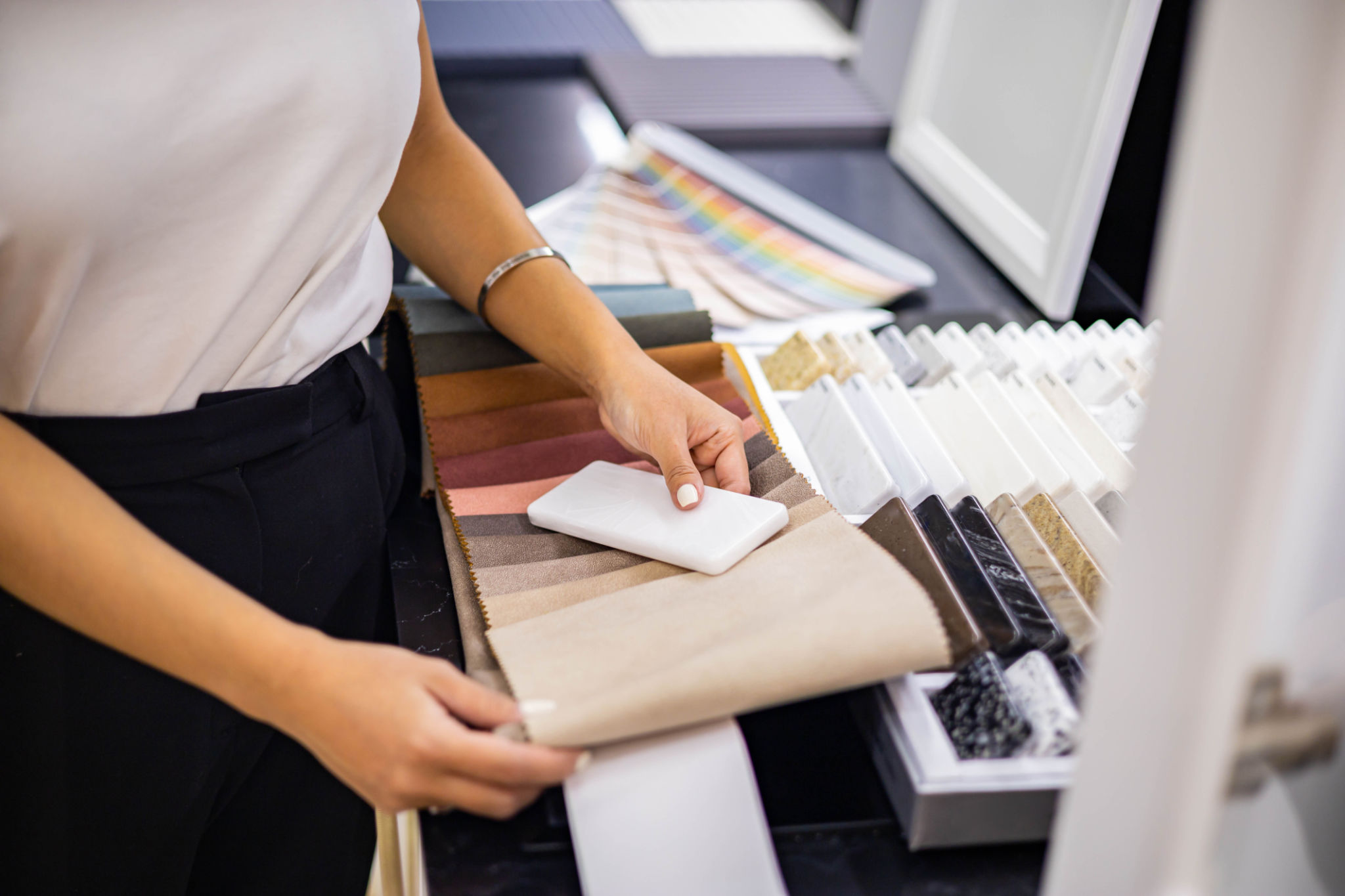Overcoming Common Misconceptions About Prefabricated Homes
Understanding Prefabricated Homes
Prefabricated homes, often referred to as prefab homes, have gained popularity for their affordability, sustainability, and modern designs. However, several misconceptions still cloud their reputation. Clearing these misunderstandings is crucial for those considering this innovative housing solution.
Contrary to popular belief, prefab homes are not a new concept. They have been around for decades, evolving significantly in terms of design, technology, and construction methods. Today, they offer a viable alternative to traditional homebuilding, with significant advantages in cost-effectiveness and environmental impact.

Myth: Prefab Homes Are Low Quality
Quality Assurance in Construction
A prevalent misconception is that prefabricated homes are inferior in quality compared to traditionally built houses. This stems from outdated notions of prefab homes being cheaply made. However, modern prefab homes undergo rigorous quality control during their manufacturing process.
Components of prefab homes are constructed in a controlled factory environment, ensuring precision and minimizing weather-related delays and defects. This process often results in higher quality standards than those achieved with traditional on-site construction.

Myth: Limited Design Options
Customization and Flexibility
Many people believe that choosing a prefab home means sacrificing design flexibility and aesthetic appeal. In reality, prefab homes offer a wide range of customizable options. From sleek, modern designs to more traditional styles, there is something to fit every taste and preference.
Prefab manufacturers now provide a vast array of materials, finishes, and floor plans. Homeowners can personalize their space by selecting layouts that suit their lifestyle, incorporating unique features that reflect their personal style.

Myth: Prefab Homes Are Not Durable
Longevity and Structural Integrity
The misconception that prefab homes are not durable is unfounded. These homes are engineered to withstand harsh weather conditions and meet or exceed local building codes. The precision of factory construction ensures that each component fits perfectly, enhancing the structural integrity of the entire home.
Moreover, prefab homes can be designed to be energy-efficient and environmentally friendly, further contributing to their durability and long-term value. Many modern prefab homes incorporate sustainable building materials and technologies to reduce their carbon footprint.

Myth: Prefab Homes Are Difficult to Finance
Financing Made Easy
Another common myth is that securing financing for a prefab home is challenging. While it may have been true in the past, the landscape has changed significantly. Today, many lenders recognize the value of prefab homes and offer competitive mortgage options tailored for such properties.
Potential homeowners should research different lenders and understand the specific financing options available for prefab homes. With the growing acceptance of these homes, securing a mortgage can be as straightforward as it is for traditional homes.
The Future of Prefabricated Homes
As more people discover the benefits of prefabricated homes, misconceptions continue to dissolve. The combination of affordability, sustainability, and modern design makes prefab homes an attractive option for many prospective homeowners.
The future of housing is evolving, and prefabricated homes are playing a significant role in shaping it. By overcoming these common misconceptions, more individuals can explore the possibilities that prefab homes offer, paving the way for a more sustainable and efficient housing market.